

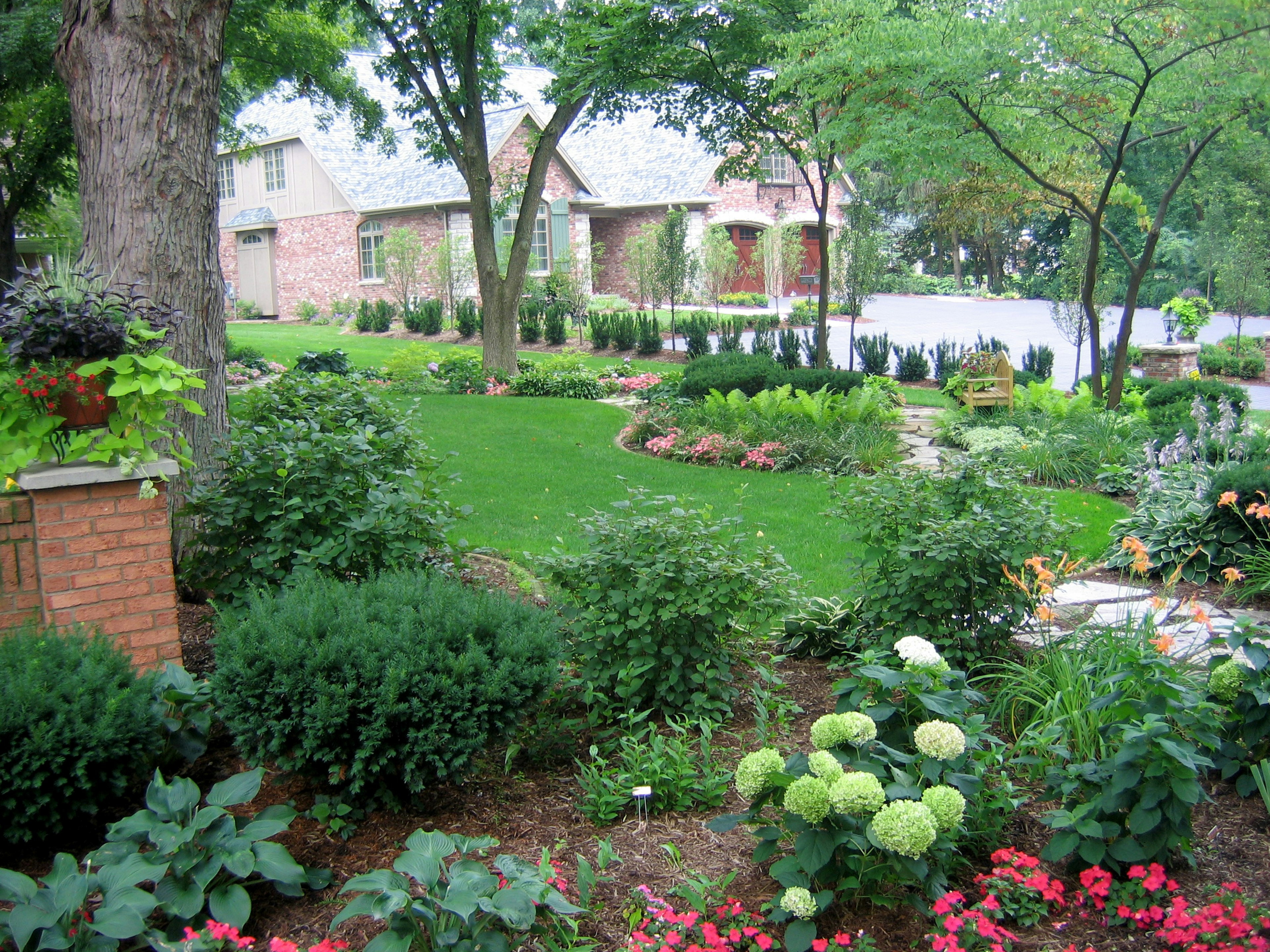
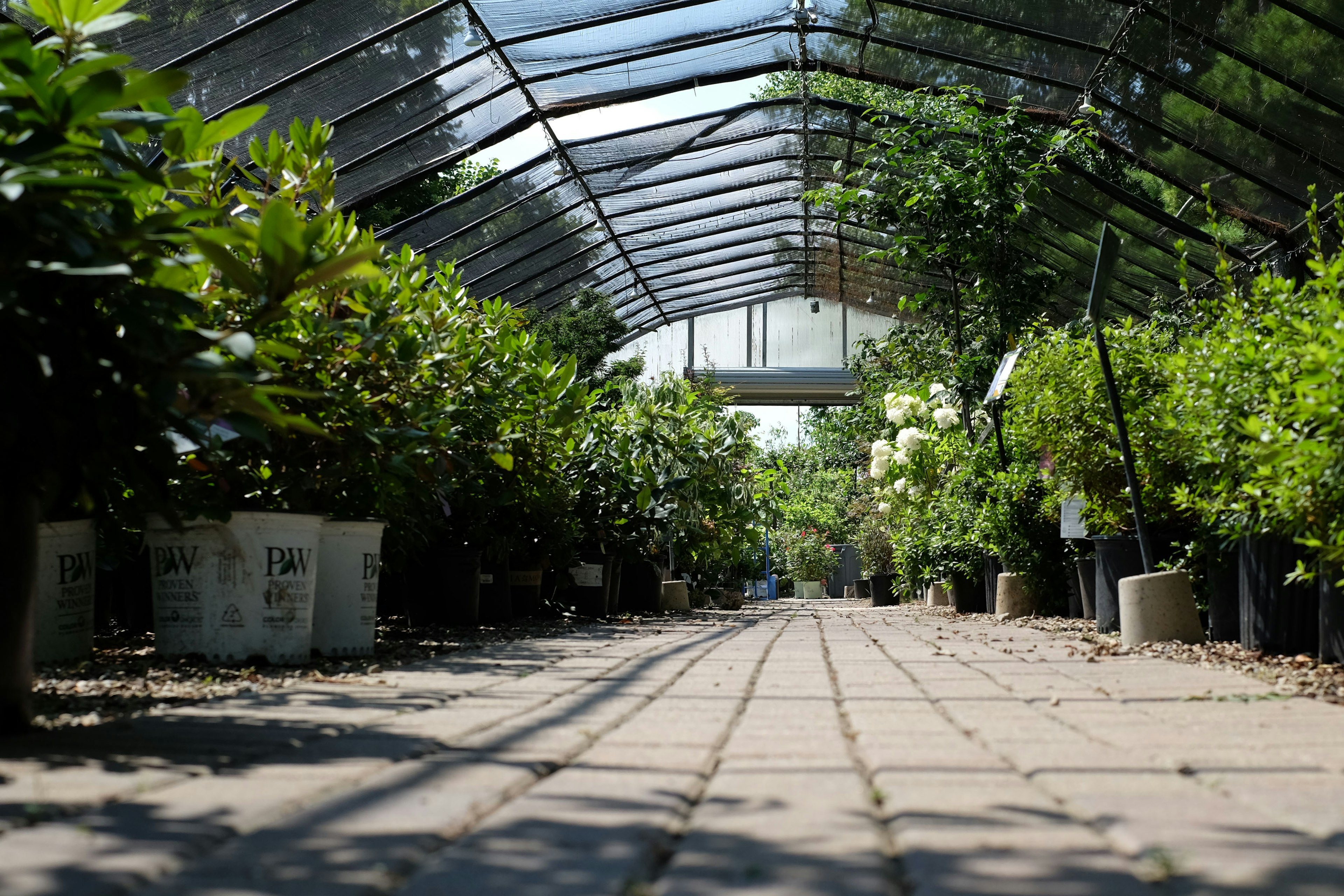
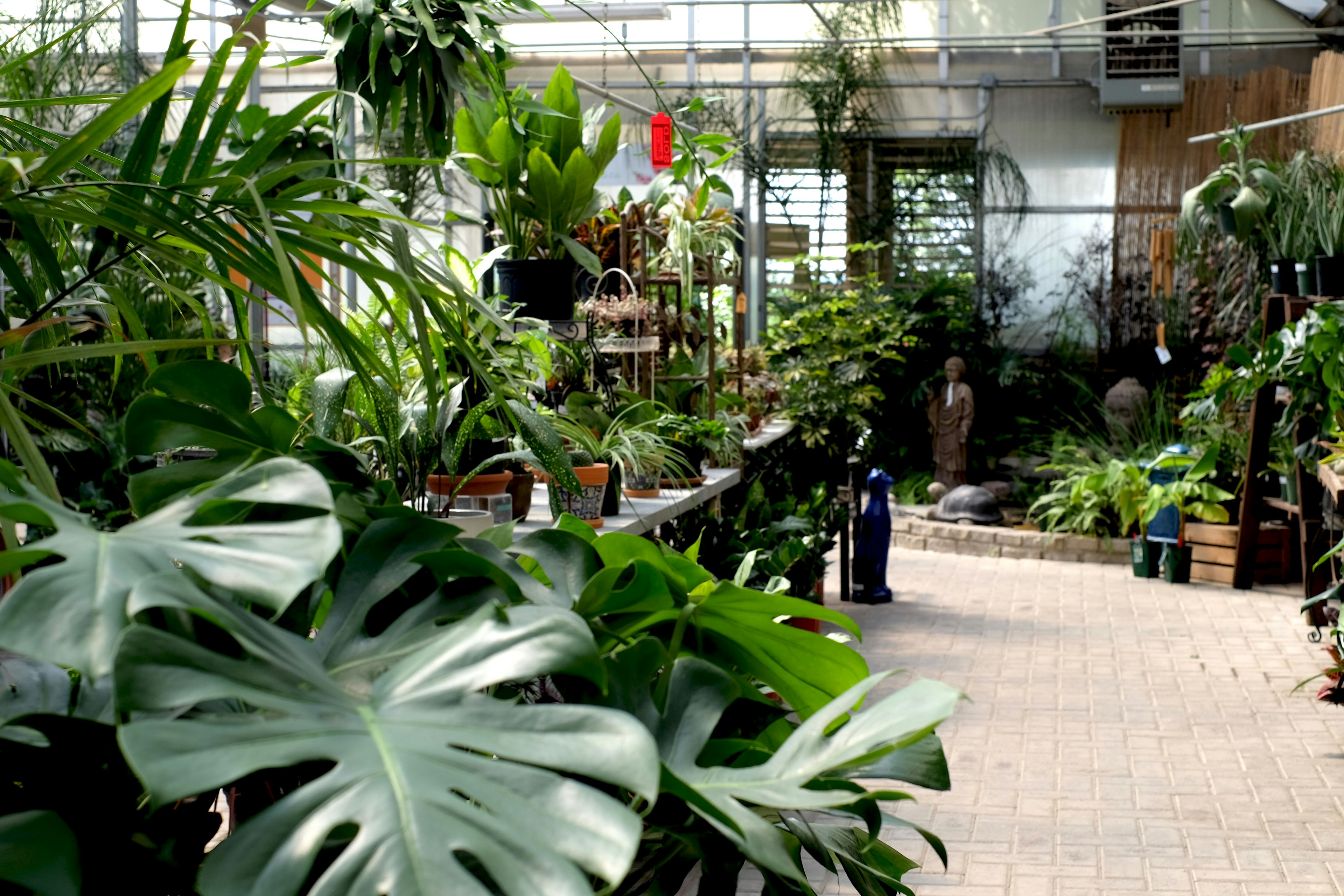
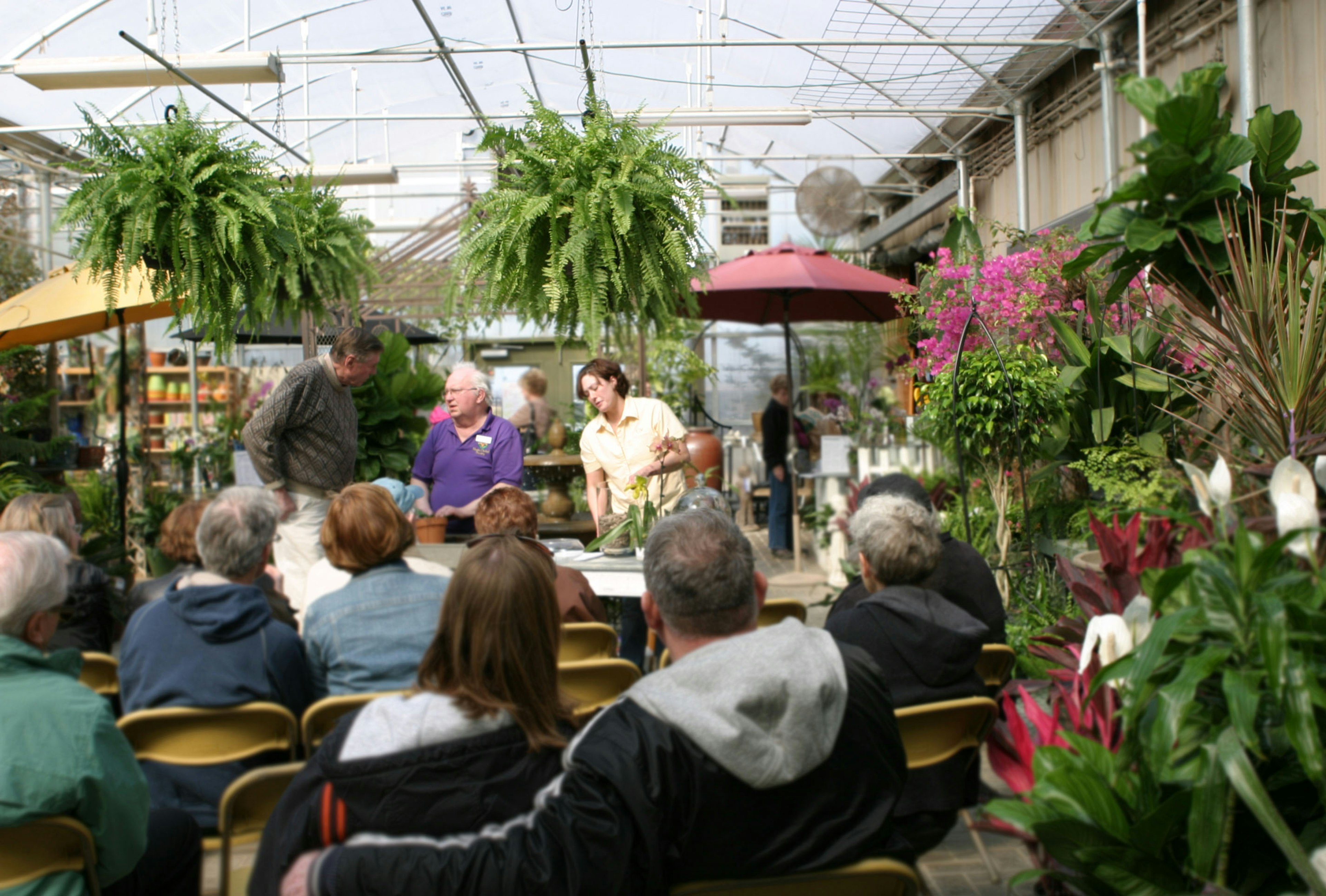
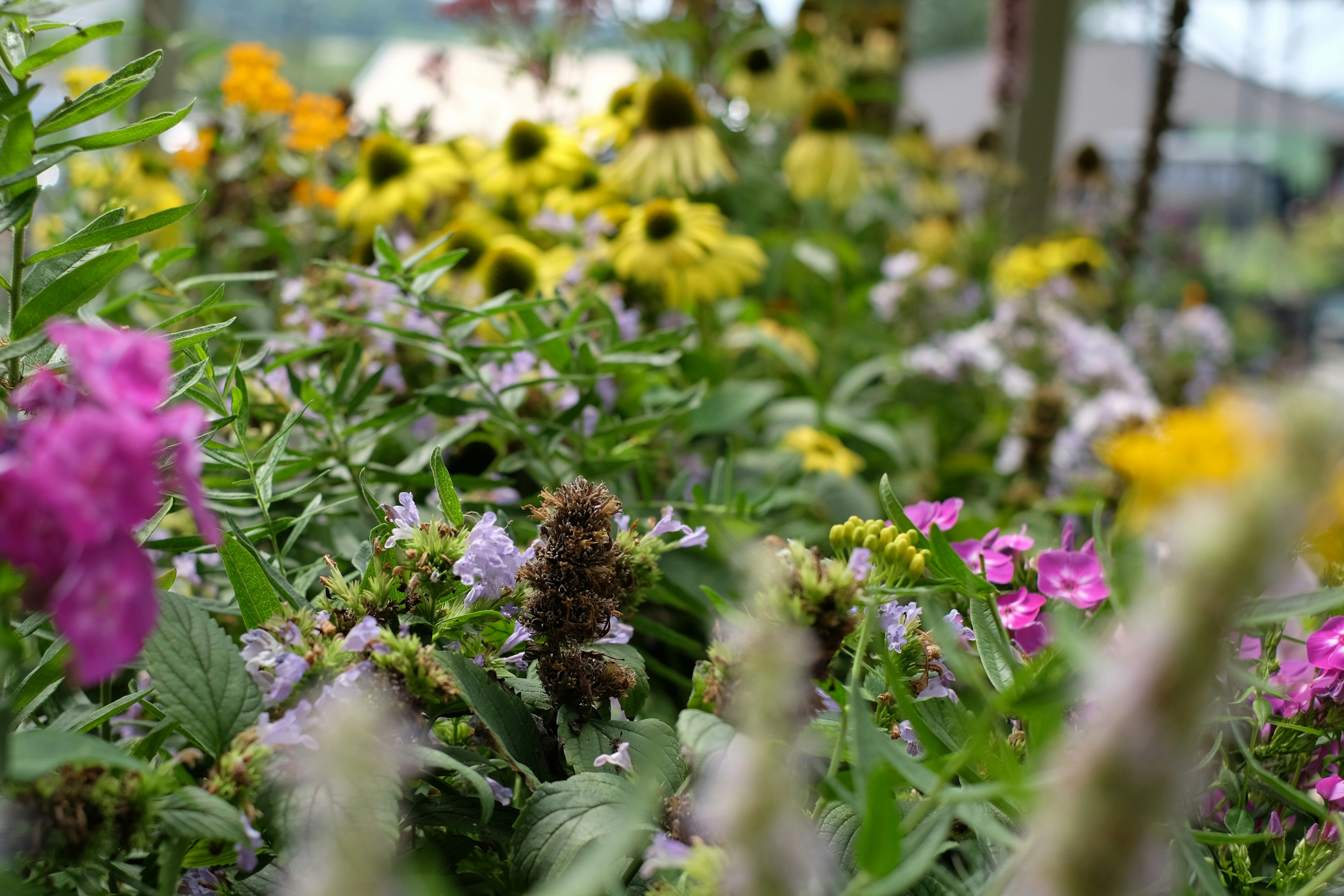

Garden Center
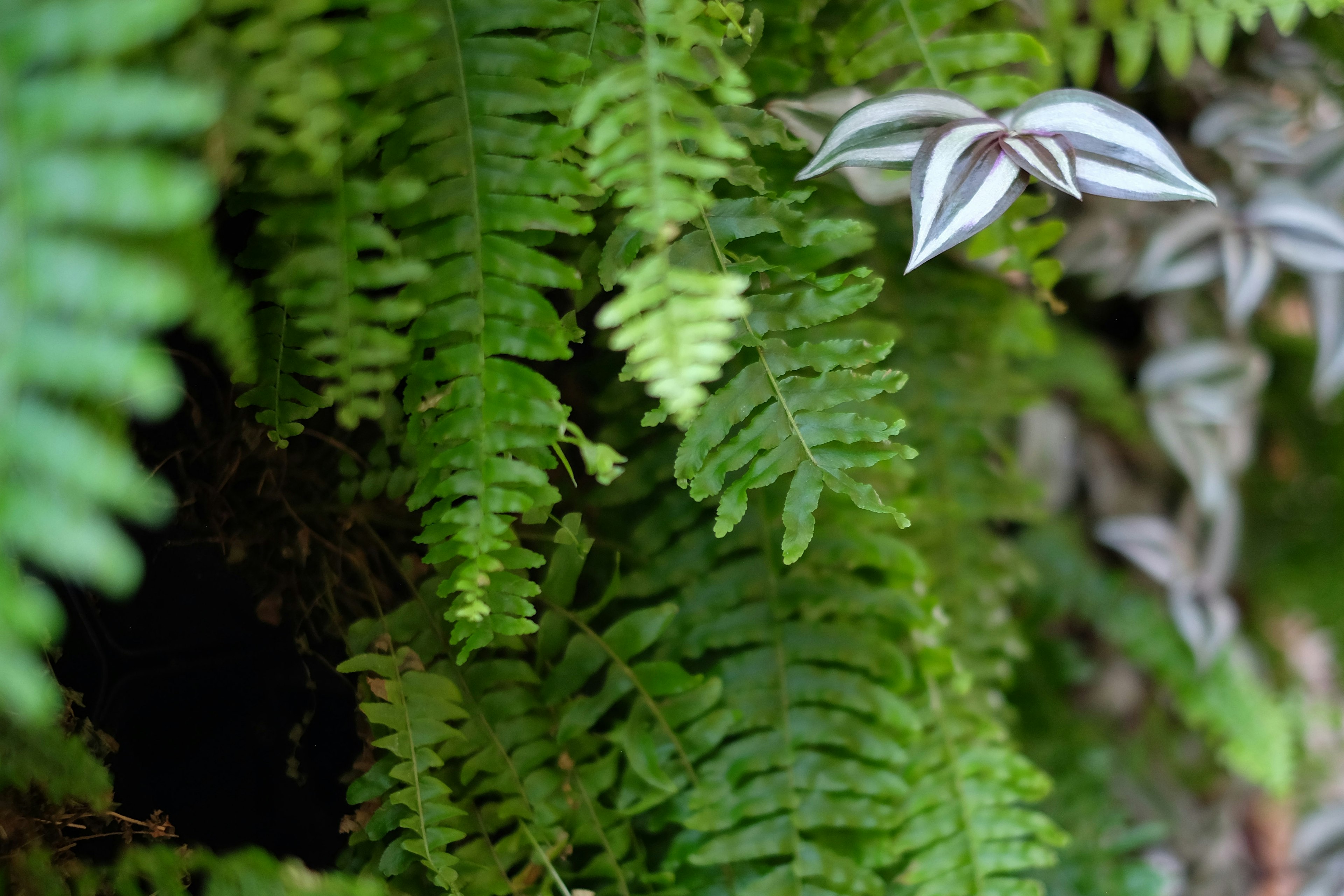
Debunking "Pest" Myths: Wasps, Possums, and Ants, oh my!

What is a pest?
Put simply, a pest is any organism (animal, plant, or insect) that causes problems for humans. Generally, that means the pest is affecting livestock or crops, or is acting as a nuisance in one's home. For most people, mosquitos and weeds are commonly identified as pests. For others, animals like deer are pest-like for the way they mow down baby hostas, while at the other end of the spectrum, mice have been kept as house pets for decades. All of this to say: What we think of as a pest commonly changes based on our knowledge and situation.
Sometimes it can be beneficial to rethink taken-for-granted ideas about the world. In this short article, we'll go over some common garden "pests" and pose new ideas about their usefulness in your yard, neighborhood, and local ecosystem at large!
Opossums
Whether you pronounce the first "o" in opossum or not, America's only marsupials provide major benefits for your garden. They are omnivores, eating both animal and plant material, but with some important caveats: First, the "animal" portion of their diet consists of pesky insects like beetles, slugs, and snails, which would otherwise be wreaking havoc on your ornamental and food-producing plants. Another huge benefit to your neighborhood is the fact that possums, contrary to popular belief, cannot carry rabies. Their body temperature is too low for the virus to incubate. This allows them to eat plenty of ticks, with some sources even stating a single possum can consume up to 5000 ticks per season!
As for the "plant" portion, they prefer falling or rotten vegetation, such as crabapples, overripe or stunted stone fruits, and the decaying remnants of the vegetable garden. You'll never catch a possum stealing big, ripe tomatoes from your garden.
Next time you see one of these critters playing possum in your yard, shake off the creepy-crawly feeling it gives you, and let it go back to making your neighborhood a tick-free place.
Wasps
These controversial insects are more benign than most people realize, but the fact remains that their stingers pack a nasty punch if they're aggravated. But is the fact that they might sting you (and, in fact, only female wasps sting) enough reason to swat them at first sight?
Of the more than 150,000 species of wasps, more than half of them wouldn't even be recognized by most of us as wasps. These small wasps play crucial roles in agriculture because of their simultaneous development with many plants, including every species and cultivar of fig. Did you know that each fig variety has its own, co-evolved species of wasp, that's necessary for pollination and fruit development?
As for the more easily-recognized summer picnic ruiners, these also play a huge role in the ecosystem. Wasps do far more work as pest controllers than as pests. These hunting insects spend the spring collecting bugs, especially the ones that harm crop plants, and feeding them to their young. The main targets of wasps tend to be larger bugs like locusts, caterpillars, crickets, and aphids. In contrast, adult wasps do not consume "animal" material, and consist only on sugars. That's why they tend to visit places where human foods are abundant -- we have sugar daily, and often in large supply!
Next time you have a picnic and notice wasp activity, resist the urge to stir up the swarm, and maybe sacrifice a slice of watermelon to the wasps. You'll be contributing to all-natural, pesticide-free pest control!
Snakes
While some people are fascinated by snakes, others have phobias of them that rival heights, air travel, and the dentist all rolled into one. There's no denying that you wouldn't want one of these scaly creatures in your home, but what about in your garden?
Snakes are notorious for consuming live rodents, which are an arguably far more destructive house pest than snakes. Mice and rats can destroy insulation, damage home wiring, and destroy not only food crops but also food in storage. In this way, much like the wasp and possum, snakes do important pest control. This is not to say you should release a ball phython from the pet store into your attic -- on the contrary, native snake species in high enough populations are fully capable of protecting your home from pests.
The overwhelming majority of snakes are not poisonous, and the ones that are only attack when provoked. Consider the cute little DeKay's brownsnake, which grows to only 12 inches, and feeds exclusively on insects, while posing no danger to people or pets.
If we lived in south Florida, you might have slightly higher concerns regarding the snakes in your area. But in Central Illinois, our snakes are our friends. When you see one, scream if you have to, and then look the other way!
Ants
While these tiny little insects are notorious for finding the smallest little holes they can and invading your kitchen, their work in the environment outside your house far outweighs their peskiness indoors. Ants are omnivores, and the "animal" portion of their diet consists of the larvae of many insects that plague homes and basements, like silverfish, aphids, flies, fleas, and even roaches. Their affinity for sugars explains why if you've ever seen a partial candy on the ground, it's often totally swarmed with ants marching the pieces back to their anthill.
Beyond pest control and garbage clean up, ants have a much more important purpose in the environment. Their burrowing habits are responsible for breaking up silt and clay soil, allowing aeration, and permitting young plant roots to attach themselves to the earth, thereby promoting water drainage and the development of topsoil. Particularly in Illinois, where we're plagued by soil leached by extensive farming, ants are essential for busting up the clay-like layers of dirt and enabling plants to grow in otherwise hostile areas.
We hope this post has helped reframe the beneficial aspects of many garden "pests". As the old adage goes, live and let live! If we had more of nature's good guys around, we wouldn't need to use as many harmful pesticides on the pesky guys they would otherwise consume! Just some food for thought.